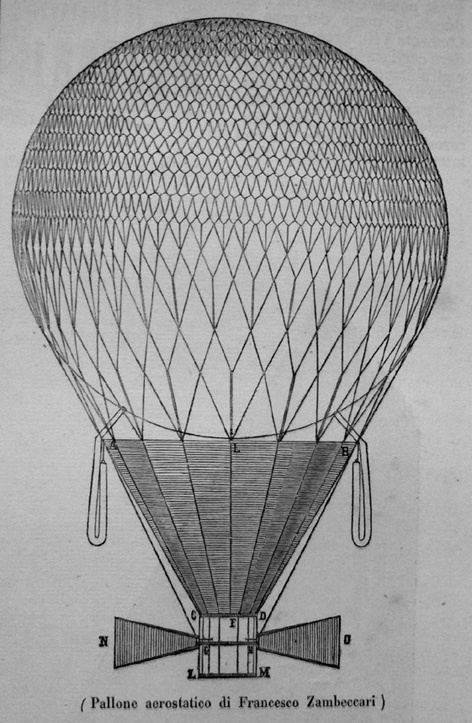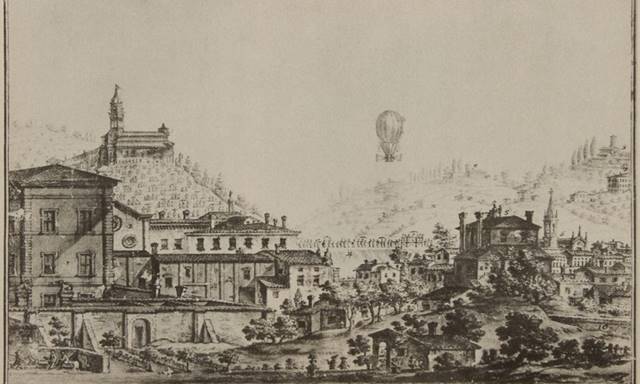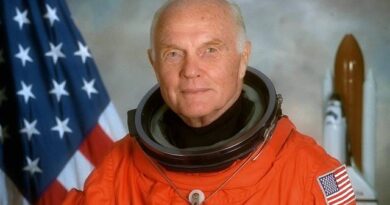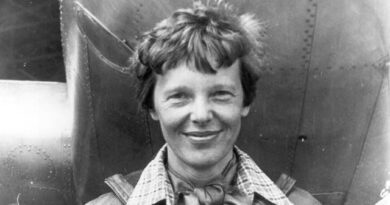Who Is Count Francesco Zambeccari?
Each nation has a number of important people in their history that pioneered and laid the foundation of certain industries. For example, James Watt is one of the pioneers of the industrial revolution in the United Kingdom. Similarly, Count Francesco Zambeccari, an Italian aviator, was one of the pioneering people that laid the foundation of the aviation industry in Italy.
Born in 1752 (exact date unknown) as the son of Senator Giacomo Zambeccari, Francesco Zambeccari studied at the Collegio dei nobili in Parma. After his college education, he enlisted in the Guardia Real in Spain to serve in the Spanish Navy.
Shortly after, he fled from the Spanish Inquisition to Paris, where he was able to observe the first unmanned flight tests conducted by the Montgolfier brothers. In the same year, in 1783, he moved to London, and launched the first unmanned balloon in the United Kingdom on November 4th 1783.

source: Alchetron.com
A year after his first unmanned balloon flight in London, he succeeded at launching his first 5-feet manned hydrogen balloon from one of his friends’, Michael Biaggini’s house. A farmer subsequently discovered the balloon in Waltham Abbey. A few weeks later, the experiment was carried out once more as a for-profit venture for which Zambeccari and Biaggini sold tickets. On November 25, a 10-foot (3-meter) balloon was released from the Honourable Artillery Company grounds, and it was discovered nearly 40 miles (64 kilometers) away at Petworth.
Due to the success and reputation of his works in London, in April 1784, Zambeccari was hired to launch a balloon in Venice; in which Francesco Guardi portrayed the event. Prior to Vincent Lunardi’s first manned flight over England on September 15, 1784, he also worked with Lunardi. On March 23, 1785, Zambeccari and Admiral Sir Edward Vernon soared in a 34-foot (10-meter) balloon from Tottenham Court Road before landing the same day close to Horsham. Later, the balloon was on view at the Lyceum. Later that year, he flew out of Norwich as well.
In the following years, In 1787, Zambeccari relocated to St. Petersburg and joined the Russian Imperial Navy. He was taken prisoner by the Turks in 1787 and imprisoned in Istanbul for more than two years. The Spanish ambassador made sure that he was released.
He wed Diamante Negrini after traveling back to Bologna. Among their three kids was Livio Zambeccari, who would later become a risorgimento activist in his adult years.
Zambeccari continued to experiment with balloons for the remainder of his life, typically using a rozière—named for Jean-François Pilâtre de Rozier—which is a hybrid hot air and hydrogen balloon. He looked for a way to steer using rudders or oars. In London, he released a five-volume book on ballooning in 1803.
Both in 1803 and 1804, he and his comrades were saved from the Adriatic Sea after two unsuccessful attempts. In 1803, a flight was sponsored by the Bologna government. But In September 1803, inclement weather led to the cancellation of the flight. The balloon launched in poor conditions on October 7 in an effort to prevent a second postponement. Pasquale Andreoli and Gaetano Grassetti were with Zambeccari. The balloon fell into the Adriatic Sea early the next morning due to poor visibility. On August 23, 1804, another aircraft operated by Andreoli also crashed into the Adriatic Sea.
Zambeccarri lost his life in September 1812, when his balloon caught fire during an unsuccessful landing attempt. Bonaga, his associate with which he launched the flight lived. He was laid to rest at the San Francesco Basilica’s family mausoleum. In 1813, his bones were transferred to the Certosa di Bologna, but they were brought back to San Francesco at 1926 and buried with his son Livio in the memorial to Alessandro Zambeccari.
Sources
https://en.wikipedia.org/wiki/Francesco_Zambeccari
https://www.si.edu/object/portrait-francesco-zambeccari%3Anasm_A19680093000



